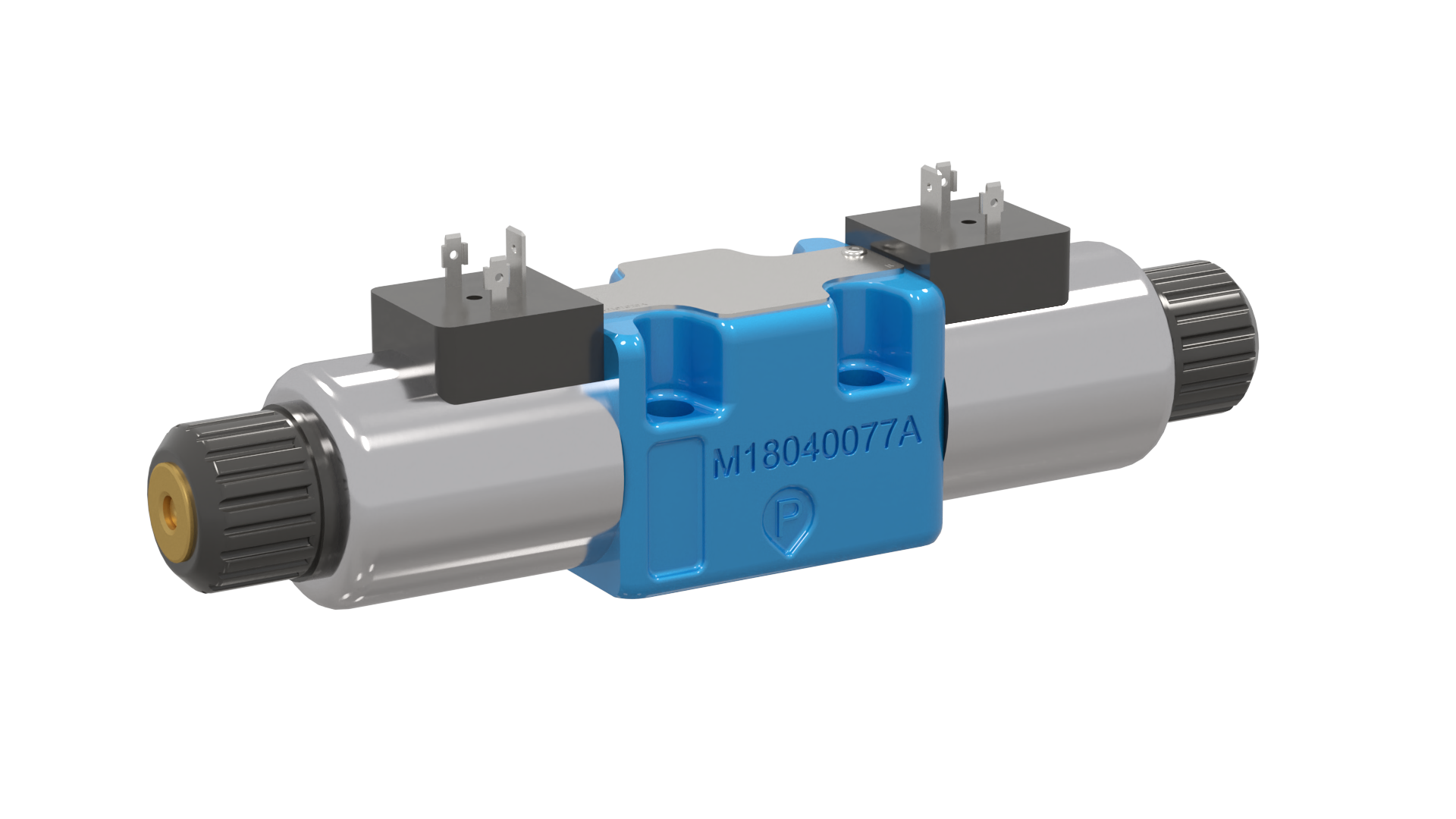Selecting the Right Control Valves: An Overview to Optimal System Performance
Selecting the Right Control Valves: An Overview to Optimal System Performance
Blog Article

Maximize Power Cost Savings and Comfort With Advanced Structure Automation Controls
In the realm of contemporary design and center monitoring, the integration of advanced building automation regulates stands as a crucial improvement. By taking advantage of the power of automation, structures can adjust, react, and develop in methods that were as soon as unimaginable.
Energy Efficiency Benefits
Energy efficiency advantages can considerably lower energy consumption and functional costs in buildings. Energy-efficient systems, such as sophisticated structure automation controls, can optimize the use of resources like illumination, heating, and cooling, leading to reduced energy costs over time.
Additionally, boosted power performance can lengthen the lifespan of building tools and systems. By operating much more successfully, heating and cooling systems, light, and other structure components experience much less damage, resulting in decreased upkeep and replacement prices. Additionally, energy-efficient structures frequently regulate higher residential or commercial property worths and rental rates, giving long-term economic benefits to proprietors.
Furthermore, energy efficiency can improve owner convenience and productivity. Correctly controlled interior environments with ideal illumination and thermal conditions develop an even more conducive and pleasurable work space, bring about enhanced worker satisfaction and performance. On the whole, the energy effectiveness benefits connected with advanced structure automation controls are multifaceted, encompassing expense financial savings, environmental stewardship, and owner wellness.
Enhanced Comfort Control
Enhancing convenience control in building environments requires a sophisticated combination of innovative automation systems for ideal passenger health. By using sophisticated structure automation controls, centers can customize the interior environment to satisfy the details requirements and preferences of passengers. These systems allow accurate law of temperature level, air flow, and illumination, developing a comfortable and effective atmosphere. Resident satisfaction and efficiency are carefully connected to thermal convenience, making it necessary to have systems in position that can adapt to changing problems in real-time.
By including these innovative controls, buildings can not only boost comfort however likewise boost energy efficiency by enhancing system procedures based on actual occupancy and use patterns. Eventually, focusing on passenger comfort via sophisticated automation systems leads to an extra pleasurable and healthier interior environment.
Functional Efficiency Improvements

In addition, the application of real-time monitoring and analytics tools enables structure drivers to recognize power inadequacies and operational abnormalities immediately. By continuously keeping track of power usage patterns and system performance metrics, modifications can be made in real-time to optimize power usage and make sure peak functional effectiveness. control valves. Additionally, incorporating demand feedback strategies right into structure automation controls can additionally improve functional effectiveness by dynamically readjusting power usage based on grid conditions and prices signals
Indoor Environment Optimization
Effective indoor environment optimization is a basic facet of building automation controls, ensuring occupants' comfort and wellness while taking full advantage of power cost savings. By utilizing advanced sensing units and controls, building automation systems can continuously adjust and check temperature, moisture levels, air quality, and air flow to develop an optimal indoor environment. Maintaining comfortable and constant problems not only boosts resident complete satisfaction however also enhances performance and total wellness.
Indoor environment optimization likewise plays a vital function in power efficiency. By fine-tuning home heating, air conditioning, and ventilation systems based on real-time information and occupancy patterns, developing automation controls can substantially lower energy consumption - control valves. For instance, carrying out techniques such as demand-controlled air flow and thermal zoning can assist get redirected here reduce energy waste while making certain that each location of the structure gets the needed conditioning.

Lasting Environment Production
Building automation controls not only maximize interior climate conditions for power efficiency and passenger convenience yet likewise lay the foundation for developing a sustainable atmosphere through critical management of sources and systems. By integrating innovative structure automation innovations, such as sensors, actuators, and intelligent software, centers can adjust and monitor power usage in real-time to lessen waste and minimize their carbon footprint. These systems make it possible for predictive maintenance, determining potential problems prior to they intensify and enhancing tools performance to enhance long life and performance.
Additionally, sustainable atmosphere production prolongs beyond energy management to incorporate water conservation, waste reduction, and indoor air image source high quality improvement. Building automation controls can regulate water use, find leaks, and ensure appropriate garbage disposal practices, adding to overall sustainability initiatives. Additionally, by checking and controlling ventilation and filtering systems, these innovations improve occupant health and wellness and productivity while lowering energy usage related to a/c procedures.
Conclusion
In conclusion, advanced building automation controls deal considerable advantages in terms of power savings, convenience control, operational performance, indoor environment optimization, and creating a lasting setting. By applying these controls, buildings can achieve optimum efficiency while decreasing energy intake and boosting owner comfort. It appears that using innovative automation innovation is important in improving structure efficiency and producing a much more sustainable future.
Energy performance benefits can substantially decrease energy intake and functional prices in buildings. In general, the energy efficiency advantages associated with advanced structure automation controls are diverse, including expense savings, ecological stewardship, and owner wellness.
Additionally, including need response strategies right into building automation go to the website controls can additionally improve functional efficiency by dynamically readjusting power usage based on grid problems and rates signals.
Structure automation controls not just optimize interior climate conditions for power effectiveness and occupant comfort but additionally lay the foundation for creating a lasting environment via tactical administration of resources and systems.In final thought, progressed structure automation controls deal substantial benefits in terms of energy financial savings, comfort control, functional performance, indoor environment optimization, and developing a sustainable atmosphere.
Report this page